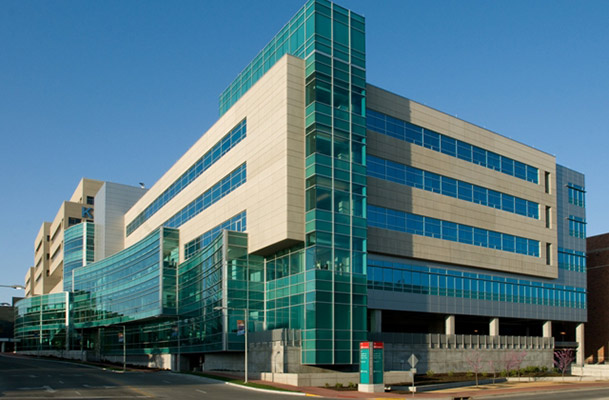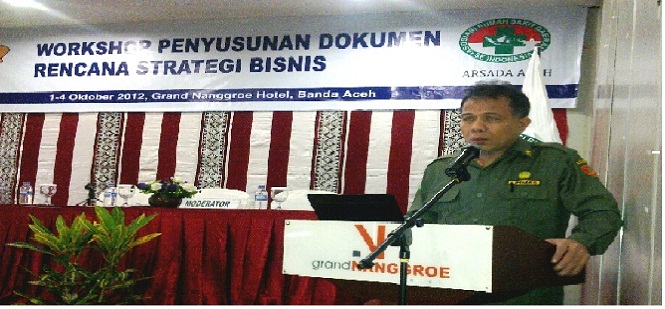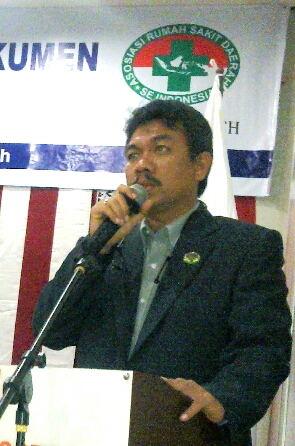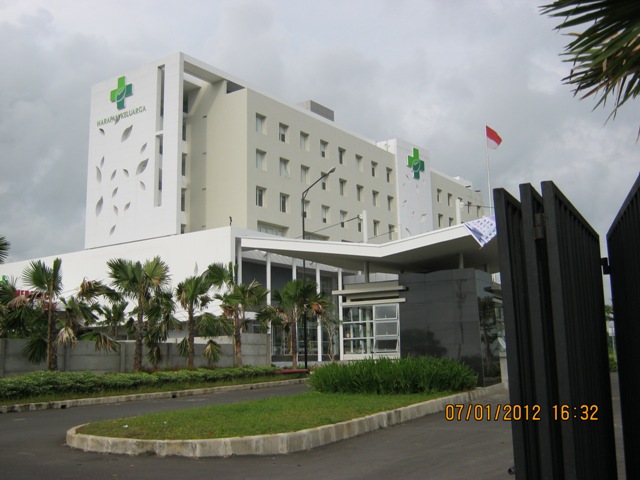
Milwaukee — Medicine appears poised to begin sequencing the entire genetic scripts of newborn babies with serious illnesses, a revolutionary change that was set in motion three years ago when scientists and doctors in Wisconsin used a similar technique to diagnose and treat a young Monona boy with a mysterious illness.
In a study released Wednesday in the journal Science Translational Medicine, researchers at Children’s Mercy Hospitals and Clinics in Kansas City report that they used whole genome sequencing to diagnose babies born with serious genetic illnesses. Of the seven cases in which doctors used genome sequencing, six resulted in diagnoses.
Moreover, researchers said a diagnosis can be returned as quickly as 50 hours after a blood sample is taken from a baby, an important finding given that many of the diseases that afflict infants require very rapid treatment. That’s much faster than the four to six weeks it had taken previously to go from sequencing to diagnosis.
Doctors at the Kansas City hospital said the test and accompanying analysis costs about $13,500 for each child and could present an appealing cost savings to health insurers. In the United States, thousands of babies each year with serious unknown diseases end up in the neonatal intensive care unit; there, beds cost some $8,000 a night and total expenses for one child can easily run to $250,000 or more.
“We think this is going to transform the world of neonatology,” said Stephen Kingsmore, an author of the new paper and director of the Center for Pediatric Genomic Medicine at Children’s Mercy Hospitals and Clinics. Kingsmore said his hospital will be using sequencing routinely for seriously ill newborns by the end of the year and will perform the same service for other hospitals around the country.
“This is a dramatic, even miraculous development,” said Philip M. Farrell, former dean of the University of Wisconsin-Madison Medical School. “It’s the equivalent of putting a man on the moon as far as I’m concerned.”
At Children’s Hospital of Wisconsin and the Medical College of Wisconsin, where a similar newborn sequencing program quietly began two months ago, one of the doctors involved read the new paper and declared it “a huge leap forward.
“This is going to revolutionize our ability to take care of kids,” added David Dimmock, a pediatric genetics specialist who worked on the team that sequenced young Nic Volker of Monona and crafted the treatment that appears to have saved the boy’s life.
“The aim of this is to replace conventional testing with something that is faster and more comprehensive.”
While the sequencing of Nic’s genes in 2009 was used as a last resort after many other tests had been tried, the technology is now assuming a far more significant role in medicine. The hospital in Kansas City and Children’s in Wisconsin are now using sequencing as a “first-line test,” one that will save time and money over the current practice in which doctors hunt through a forest of individual tests for different diseases and mutations.
In Kansas City, doctors are focusing their sequencing program on a search for known mutations in known genes. Dimmock said the Wisconsin program has the added ability to detect new mutations such as the one that caused Nic’s devastating intestinal disease. However, the Kansas City hospital gets results back faster — two days as opposed to a little more than a week in Wisconsin. Both hospitals have created special software programs that help doctors sift through the 3 million to 4 million variations in the genetic script of an average baby in order to find those most likely to have caused a disease.
Although the move to genome sequencing is certain to save lives, in many more cases it is likely to produce heartbreaking answers. The doctors in Kansas City used the technology to search for more than 3,500 single-gene diseases, most of them childhood ailments. But only 500 of those 3,500 diseases have known treatments, and some of those treatments are not cures; they only help a child live longer.
However, Kingsmore and the other authors said that for many families, having a definitive answer, even one with tragic repercussions, can be comforting.
“The family then knows what the answer is, they’re not on an endless search,” Kingsmore said. “The physicians are able to stop doing additional testing, and that testing is both expensive and sometimes could cause suffering to the baby.”
Doctors in Wisconsin have made much the same point and have warned from the beginning that successes like Nic Volker may not be common for a while.
Soon after his treatment, Children’s and the Medical College launched what they have billed as the world’s first integrated whole genome clinic. The clinic uses sequencing as a last resort when children have diseases that have stumped doctors. So far more than 20 children have been treated.
Children’s and the Medical College have now launched a second program using sequencing to diagnose sick newborns as early as possible. So far one child has been treated under the new program; in that case, Dimmock said, doctors believe they have discovered a new mutation that may be causing the child’s illness.
The new paper and the programs in Kansas City and Wisconsin underscore the rapid pace of advances in computing and genomic medicine in the two years since Nic’s case made international news.
Experts had been anticipating this kind of broad change in medicine ever since the Human Genome Project was completed in 2003, resulting in the first genetic blueprint of a human being. But until very recently genome sequencing took too long, cost too much and produced results that were too complex, Kingsmore said.
In the last few years computing speed has risen dramatically while the cost has dropped at an astonishing rate. Computing for the first human genome took seven years and hundreds of machines and cost $600 million. Now the job takes a little more than two days work and costs close to $10,000, including the expense of analyzing the massive amount of data in a single human genome.
Our full genetic script is spelled out in a sequence of chemical bases that stretches for more than 3 billion units, a language scientists have abbreviated to a four-letter code: A for the base adenine, C for cytosine, G for guanine, and T for thymine. In Nic Volker’s case scientists did not sequence the entire 3 billion units, but saved time and money by focusing on a little more than 1 percent of the genome, the parts that contain the recipes to make proteins. The failure to make proteins correctly causes many diseases.
 atau tiga di sebuah rumah sakit (RS), jika Badan Penyelenggara Jaminan Sosial (BPJS) Kesehatan dioperasikan pada Januari 2014.
atau tiga di sebuah rumah sakit (RS), jika Badan Penyelenggara Jaminan Sosial (BPJS) Kesehatan dioperasikan pada Januari 2014.

















